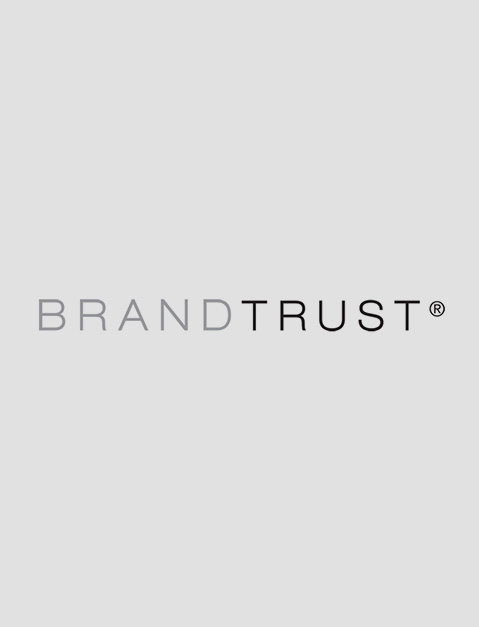It was about three years ago that I came across an article in The Wall Street Journal that pitted two authors—experts in their fields—against each other to answer the question, “where does evolution leave God?” Each was unaware of what the other would write and both provided extremely revealing insight into how we find truth. I am not so foolhardy as to enter the minefield of their core debate on the existence of God in this blog. But I mention the article here because I was struck by a fascinating distinction that one of the authors made, and how it applies to thinking about our work.
Better Together: Logos and Mythos
According to Karen Armstrong, author of numerous books on theology and religious affairs, ancient Greek culture recognized two ways to arrive at truth – mythos and logos. Logos was the rational approach. It was a thought process that required we respond accurately to an external reality. It helped us understand what was happening around us but it could not help us understand why it was happening. It failed to give us the meaning behind our struggles, our grief, and our joys. It lacked emotion. This is where mythos came in. Mythos focused on giving us a story to help make sense of things, regardless of its true-to-life, objective accuracy. The point of mythos was to help explain the unexplainable. Approaching truth through mythos meant we could learn “how to cope with mortality, discover an inner source of strength, and endure pain and sorrow with serenity (Armstrong, 2009).”
Since the fall of ancient Greece, our approach to truth has become increasingly one-sided. We try to quantify everything. We look for definitive answers. We attempt to research every decision before we make it so that we can prove it was a good decision at the time we made it (regardless of how things turned out in the end). And as marketers we attempt to create a formula to somehow quantify the behaviors and emotions of our consumers, believing this will help us predict and control our brand’s reality.
Seeking To Understand Ambiguity
But reality is far from predictable and understanding our brand and our consumers means doing more than breaking them down into quantifiable, measurable little pieces. This is just one approach to the truth, and it has enormous value, but it only gets us about halfway to understanding what we observe of the world. What is missing is an explanation for the half of the truth that is frightening in its ambiguity. Its vagueness, its moodiness, and its dynamic nature make it something for which we overcompensate with numbers. To understand the truth we need to approach our consumers through the lens of logos and mythos.
It’s Messy Down In There
Mythos might be considered the first form of psychology. Understanding the particulars of your consumer’s behavior means nothing if you don’t understand why they behave that way. I will be the first to admit that getting into the consumer mythos behind a brand is not clean work. It’s messy, dirty, crazy stuff when you get into the minds of others. Nothing is as organized, as tidy or as easy to understand as the closet organizer you installed in your bedroom. But this side of the truth isn’t meant to be. Understanding your consumers, their emotions, and the stories they are telling themselves about you “helps us live creatively with realities for which there are no easy solutions (Armstrong, 2009).”
Ms. Armstrong was referring to religion in her quote but it is equally applicable to the search for insights. You can measure as much as you want when it comes to your consumers’ behavior. You can quantify all there is to be quantified about them. But without knowing them at a deeper, more emotional level, it’ll be like having one eye closed – you’ll never see the full depth of who your consumers truly are and you’ll never understand what they believe or why they do what they do.
